One of the industry's biggest votes on design innovation is officially underway — help select the winners of the 2024 A+Product Awards! VOTE NOW >
Historically, terracotta was used as a decorative skin that was added to or applied to cover brick and tiles. Mass produced, the material was cheaper, lighter and softer than carved stone, which made it easier to customize, warp and create embellishments. With deeply historical roots and threads, it is no surprise that the material conjures up imagery of stature, solidity and sturdiness. Linked to such imagery, the following eight buildings have strong presences within their landscapes and fill their environments with warmth and fullness. Despite sitting within otherwise uninhabited and seemingly empty spaces, each of these buildings feels larger than its own skin.
It is also fascinating to note the various functions and sites of the following eight buildings. Terracotta is suitable in a wide array of environmental conditions, thus rendering a collection that is diverse in climate and location. Furthermore, including both religious sites and a nursery, the material facilitates spaces that are functional while simultaneously feeling welcoming, humble and even sacred. Despite meandering in and out of fashion in the past, we are witnessing an undeniable resurgence in terracotta buildings.
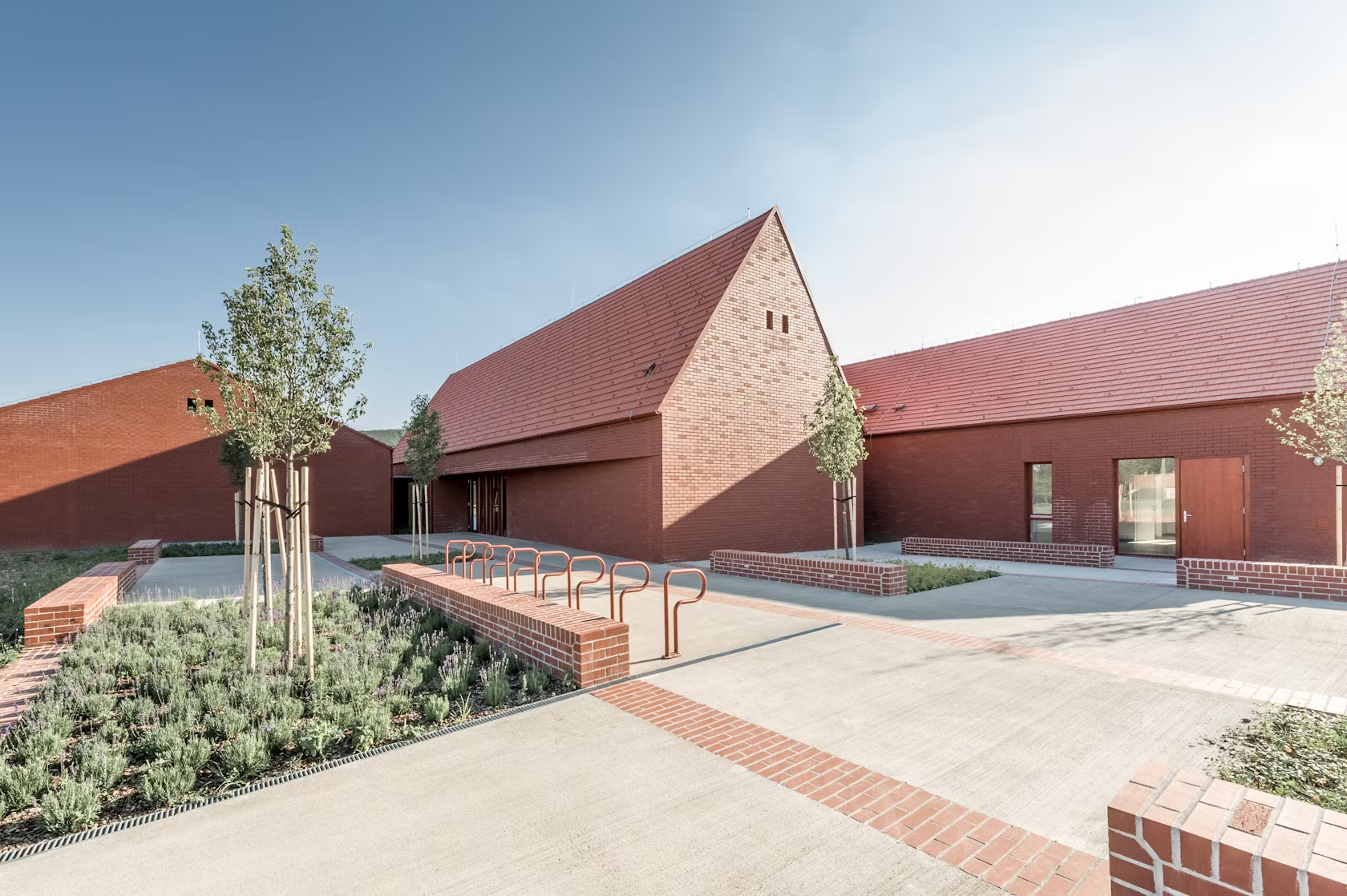
© Foldes Architects
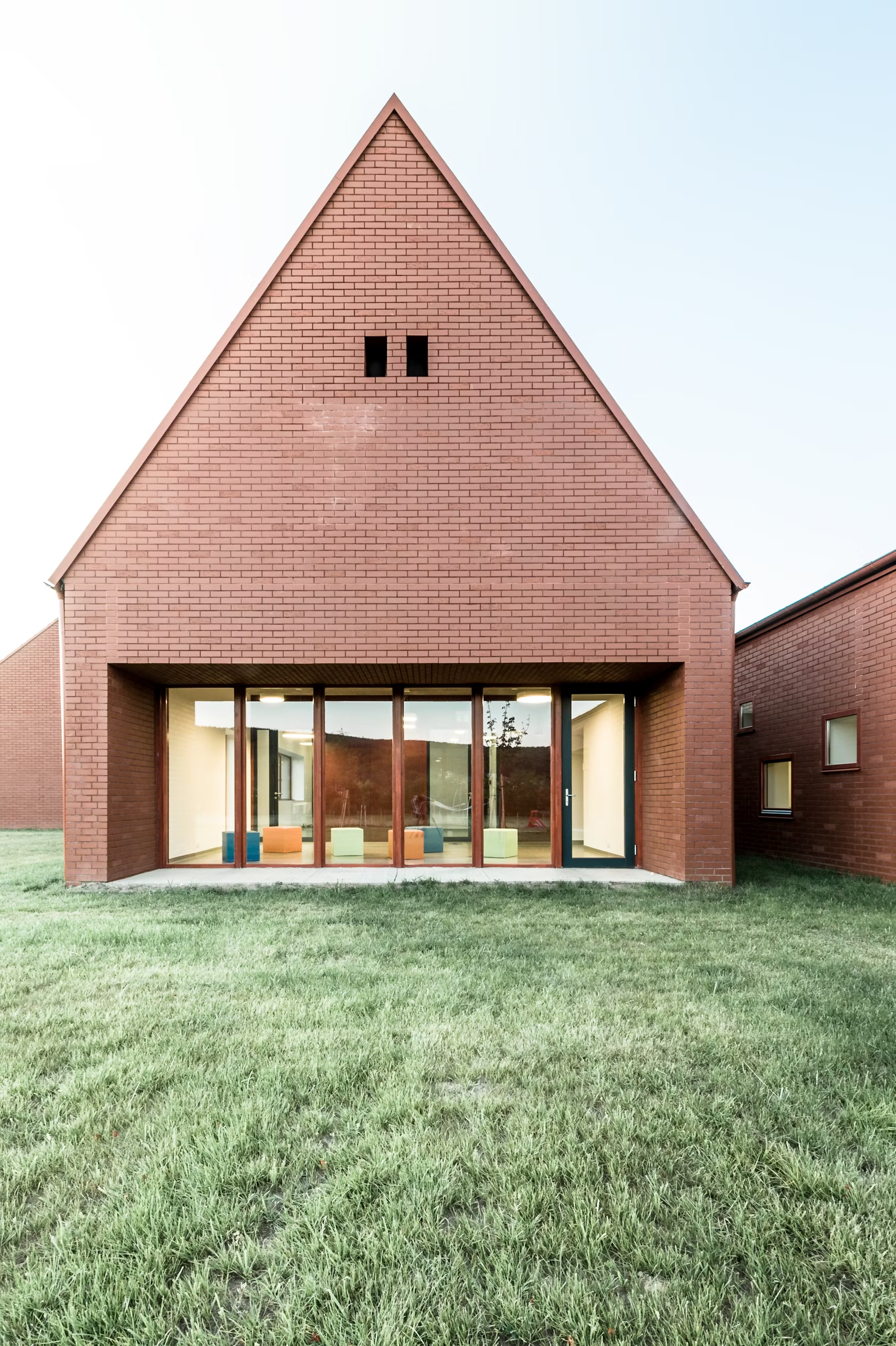
© Foldes Architects
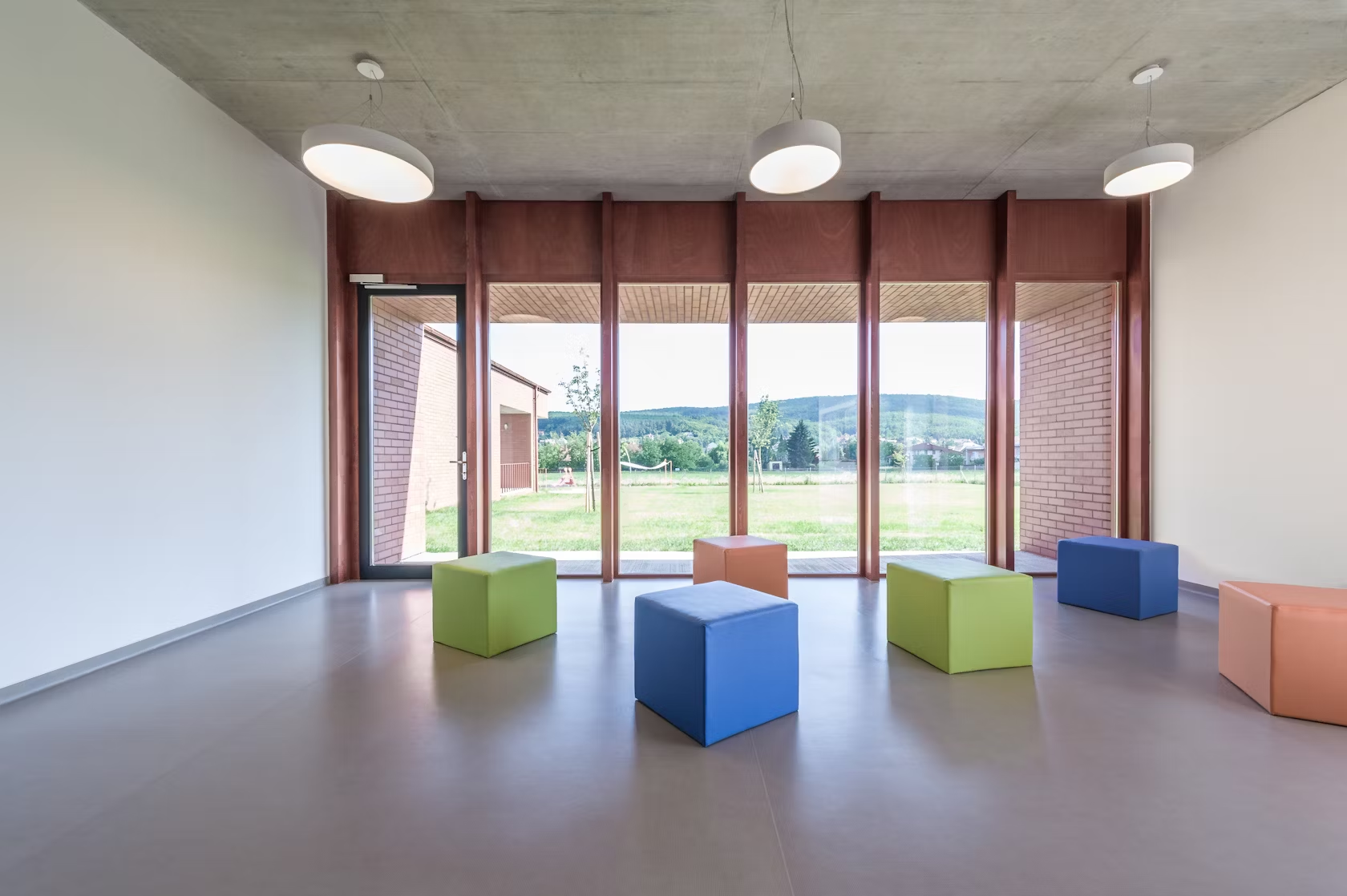
© Foldes Architects
Nursery by Foldes Architects, Nagykovácsi, Hungary
This nursery by Foldes Architects was inspired by the archetypical form of rural houses. Small independent pavilions are united by a familiar design language and homogenous materiality — terracotta brickwork. The enclosed village is meant to welcome and suit the small villagers who inhabit it.

© Luis Aldrete
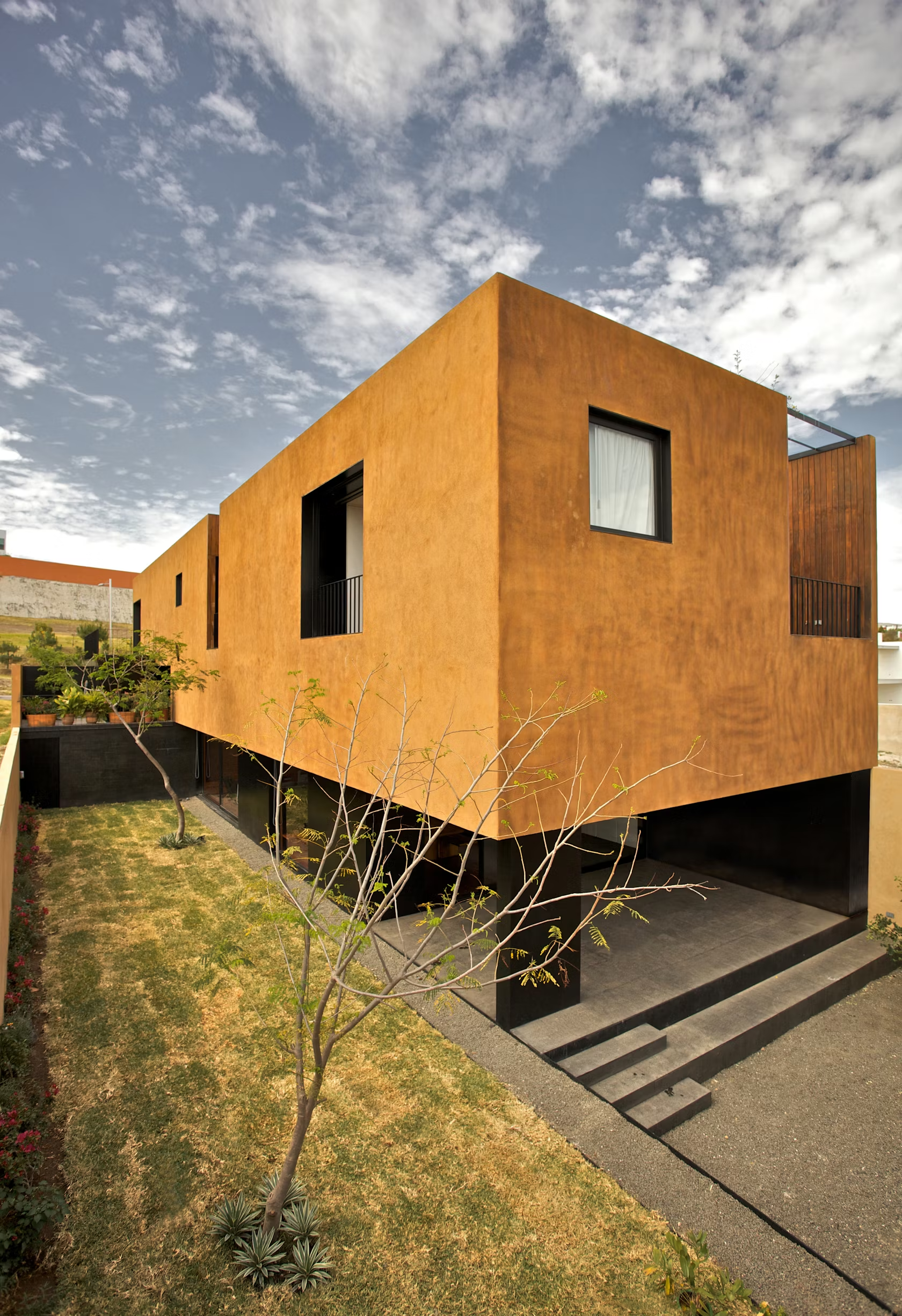
© Luis Aldrete
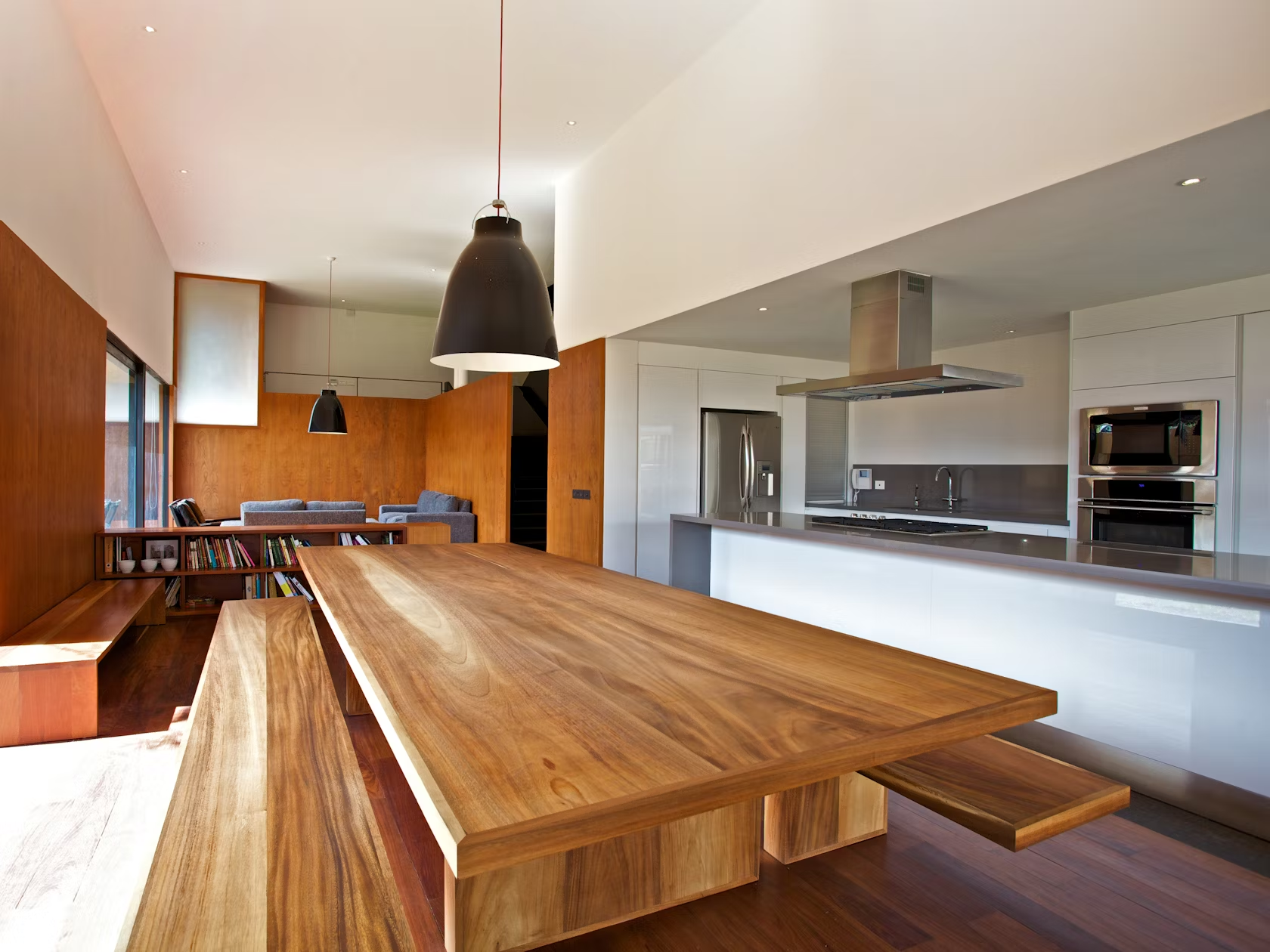
© Luis Aldrete
EPR Houseby Luis Aldrete, Guadalajara, Mexico
EPR House in Guadalajara responds to its surrounding morphology and topography. Made in two volumes, the first volume is a steel basement, which gives the impression of sturdiness and rootedness. The second is a box with a pigmented finish in terracotta tones.

© Robert Leš Professional Photography

© Robert Leš Professional Photography
Pope John Paul II Hall by Randić Turato, Rijeka, Croatia
The Church of Our Lady of Trsat is one of the most important pilgrimage sites in Croatia. With this new building, the architects created a new entrance to the pilgrimage site in order to accommodate pedestrian flow. The Hall is cladded in a single terracotta-brick surface. By varying the gaps between the terracotta bricks, a pixelized structure was created, bringing light into the hall.
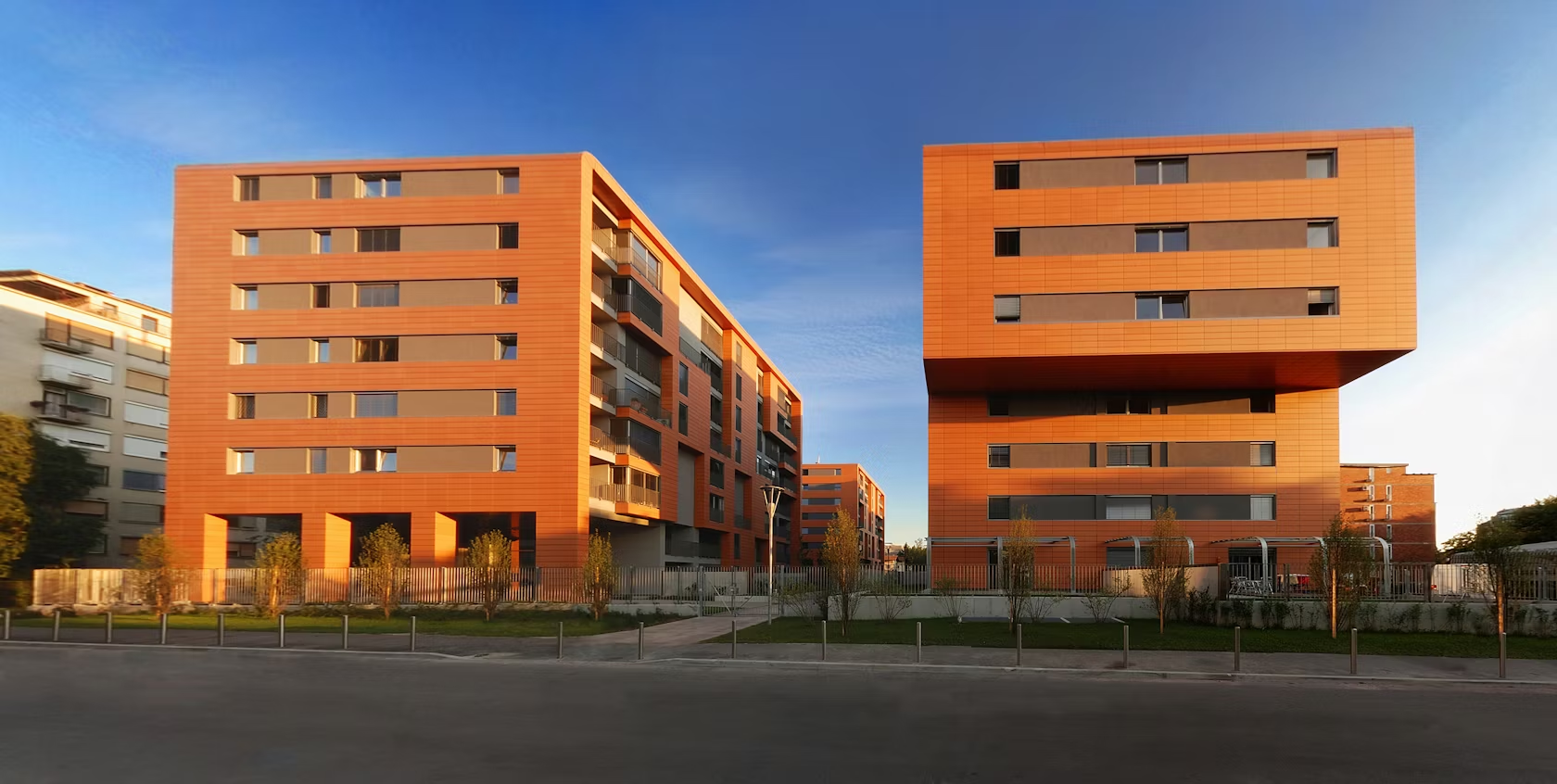
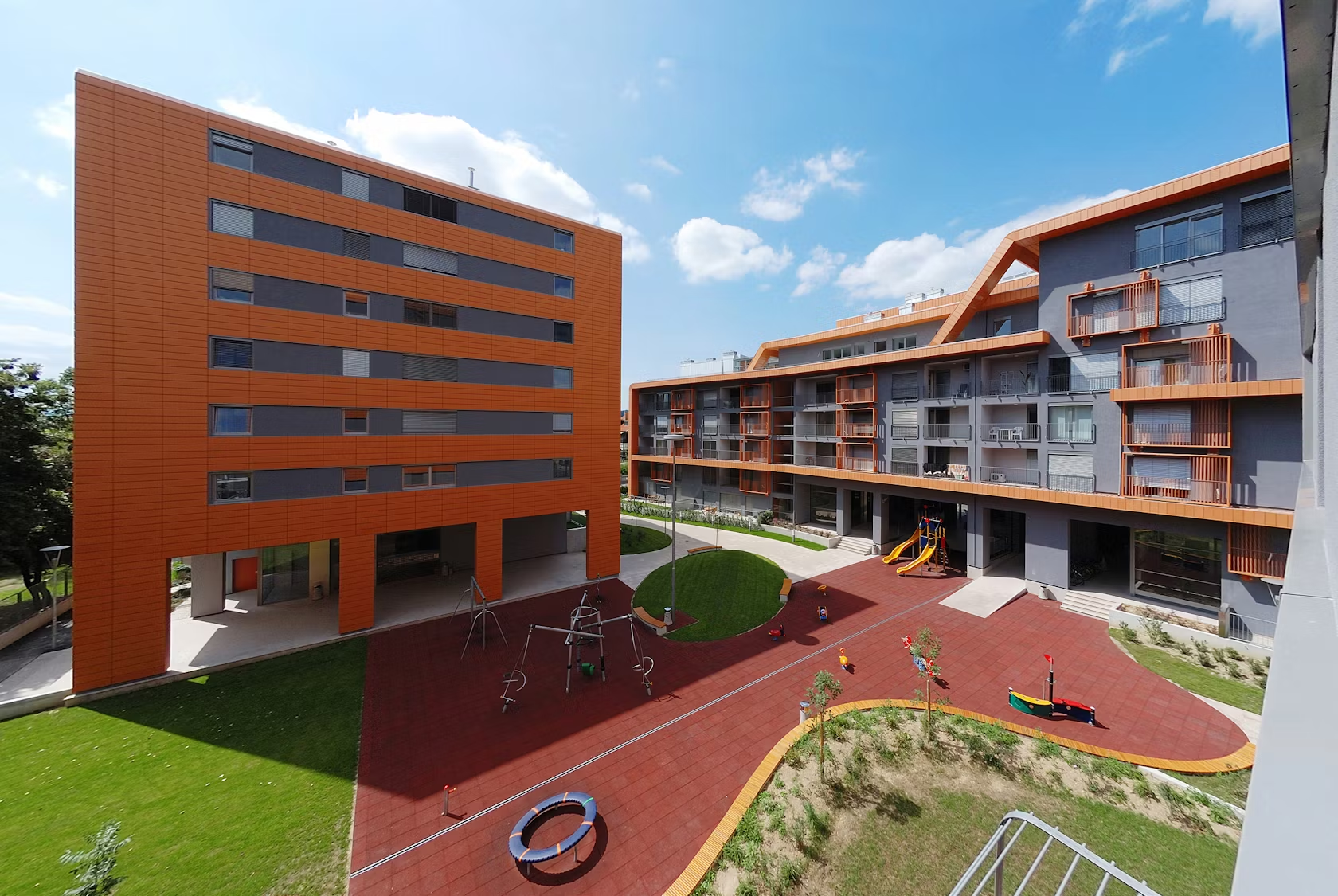
Residential Neighbourhood Triglavskaby Groleger arhitekti, Ljubljana, Slovenia
For this project, Groleger arhitekti were challenged to create a high quality residential accommodation that would be expressive, joyful and celebrate the existing tissues of the surrounding city. The simple and structural buildings articulate an ambition to promote clarity in design. The exteriors are unified by a warm tone of terracotta cladding.
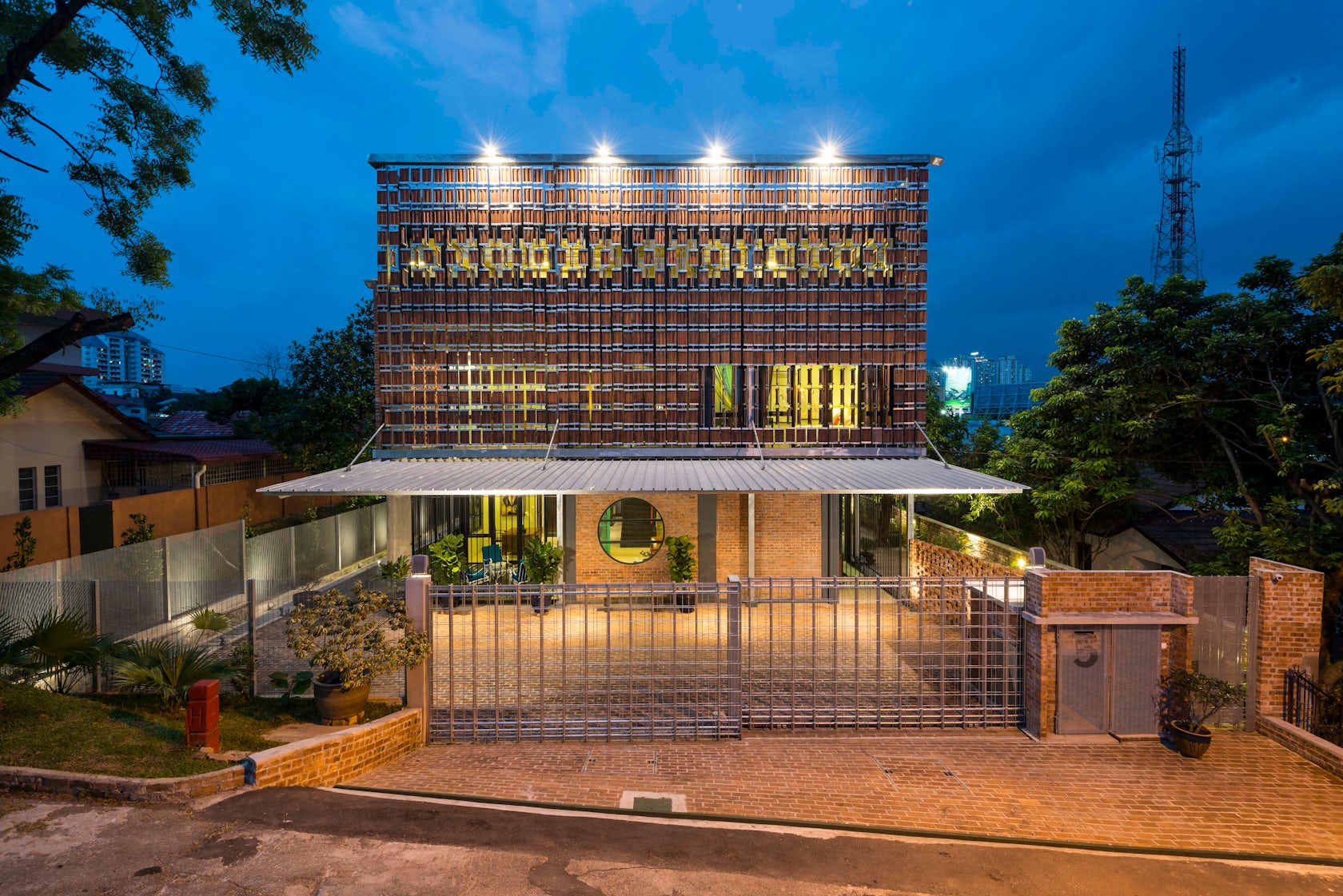
© H Lin Ho

© H Lin Ho

© H Lin Ho
Clay Roof Houseby DRTAN LM Architect, Petaling Jaya, Malaysia
Before renovation, this previously dilapidated house had good quality clay roof tiles that remained robust. The tiles were carefully removed, stored and reused, offering a viable solution in order to screen the façade from the morning sun. Vertical steel rods were designed to support the tiles while also facilitating freedom to move, swivel and turn. The repurposed walls integrate a touch of history and aesthetically, the terracotta glows a warm orange in the sun.

© Estudio ALA

© Estudio ALA
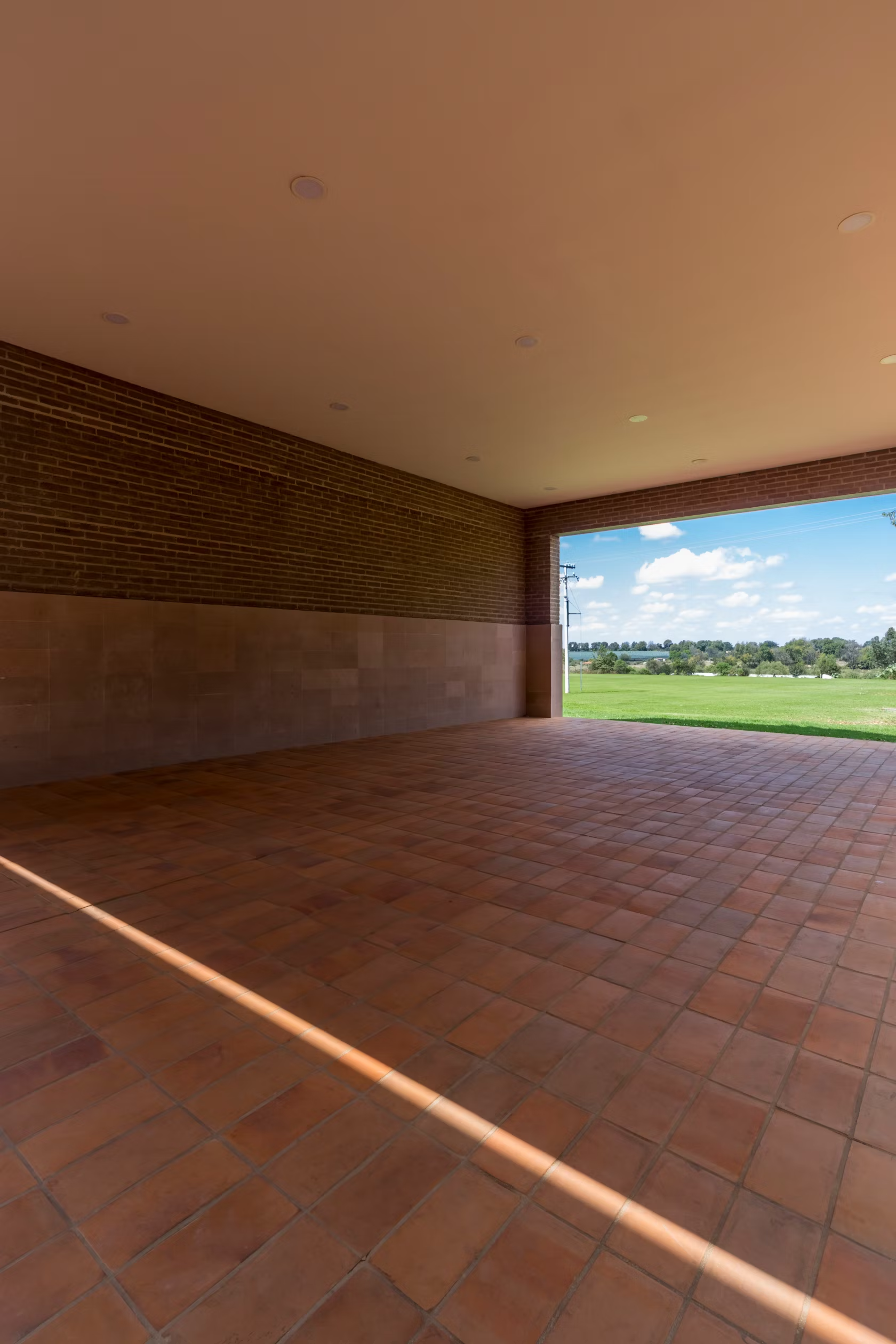
© Estudio ALA
Centinela Chapelby Estudio ALA, Arandas, Mexico
Located inside a tequila factory, Centinela Chapel is a spiritual and social space, which reinterprets traditional haciendas and houses in the region. In this region, families used to have a chapel or oratory inside their home, where social and family events were commonly held. In this project, a terracotta tile pathway sits under the blaring sun, leading visitors through gardens and lakefront, from the factory towards the chapel.

© Maison Edouard François

© Maison Edouard François

© Maison Edouard François
The Orange of Risby Maison Edouard François, Ris-Orangis, France
At the city’s edge, The Orange of Ris was born on the site of an abandoned police station. The building was intended to increase connectivity with the city by creating a new entry. Often found on the roof of houses, the building is made of terracotta tiles, which creates the impression of a powerful shell. Suspended in the air, the thick and scaly material is exposed and upfront.

© AT103

© AT103

© AT103
Foros Aztecaby AT103, Mexico City, Mexico
Architectural firm AT103 aims to connect public and private, in ways that are unique and can be experienced inordinately. The black terracotta material chosen for the exterior brought this experience together. Lattices were used to admit natural light and ventilation and facilitate communication with the exterior.
One of the industry's biggest votes on design innovation is officially underway — help select the winners of the 2024 A+Product Awards! VOTE NOW >









